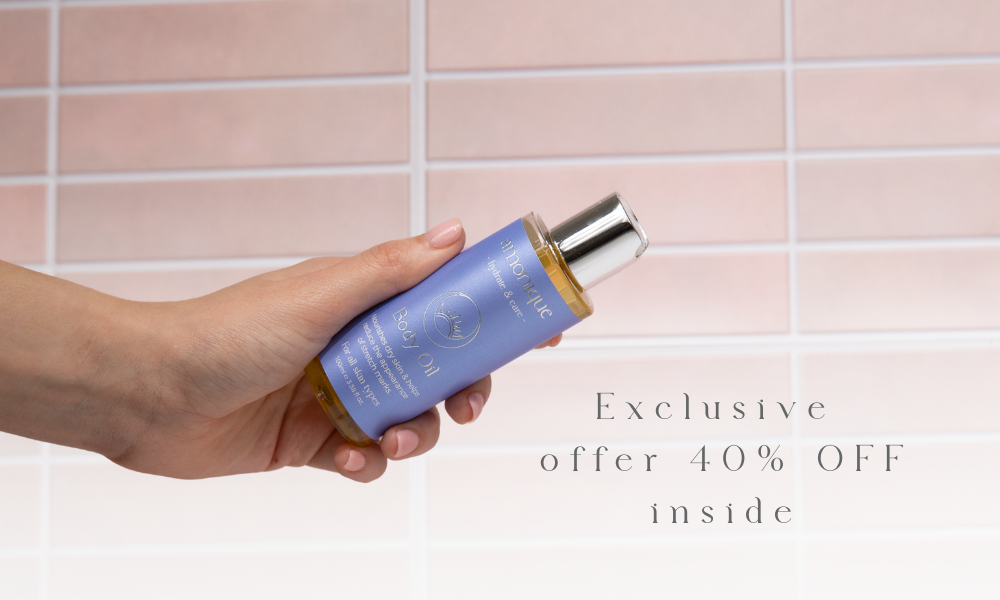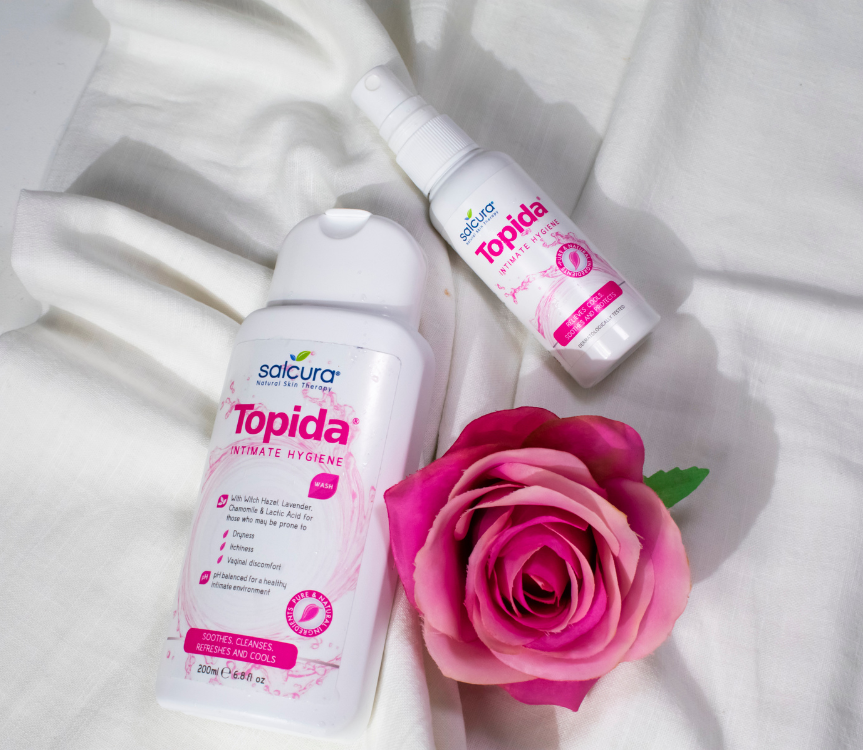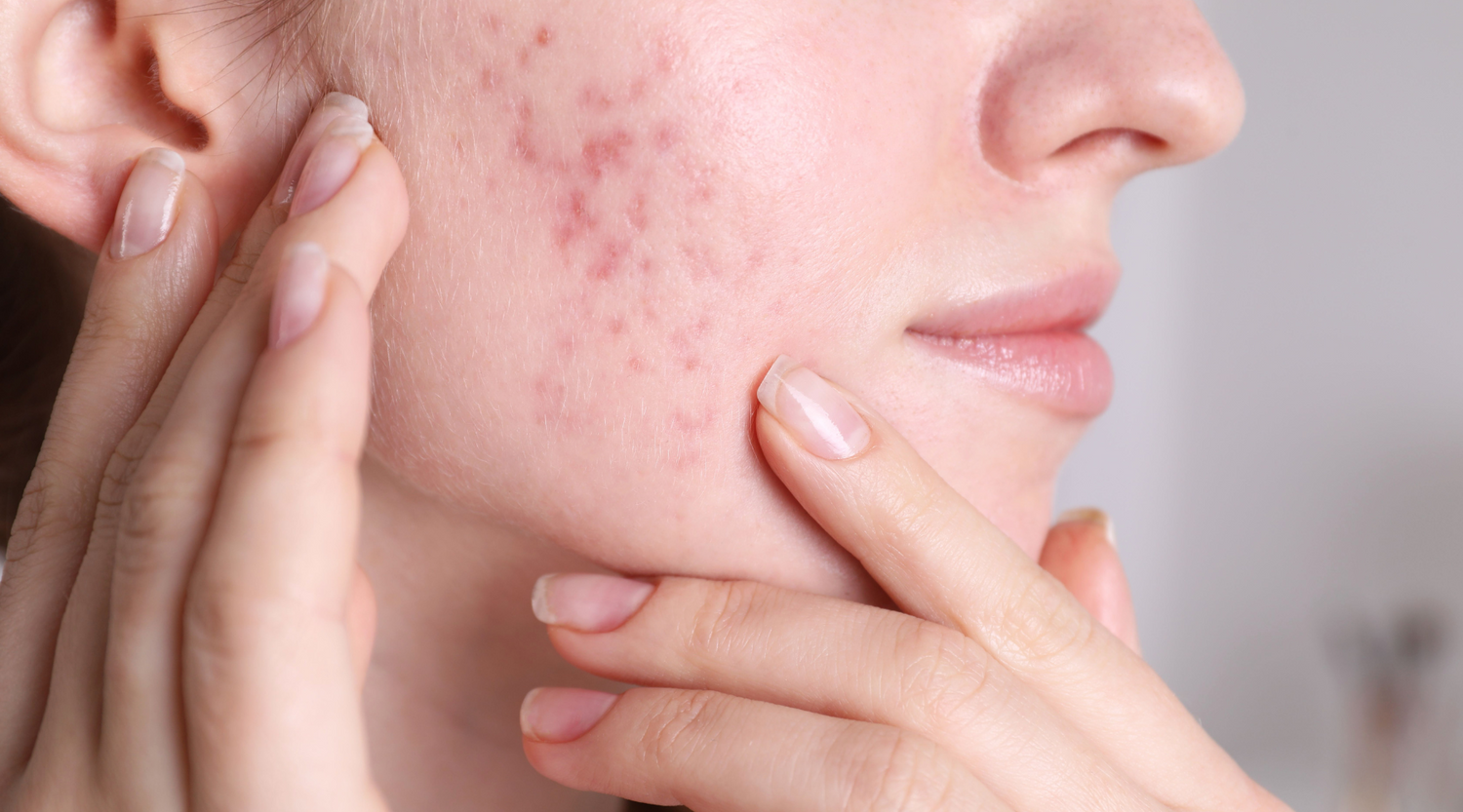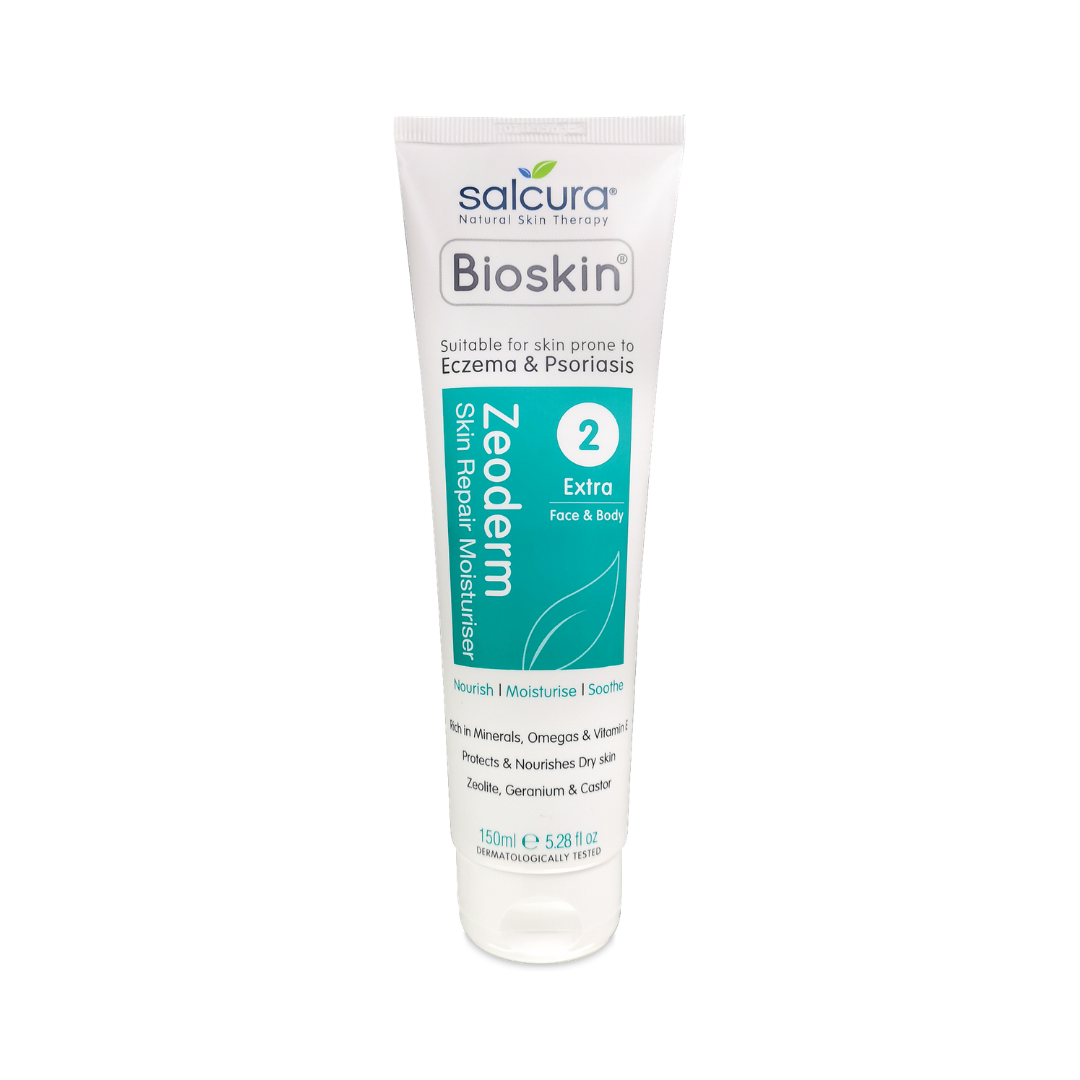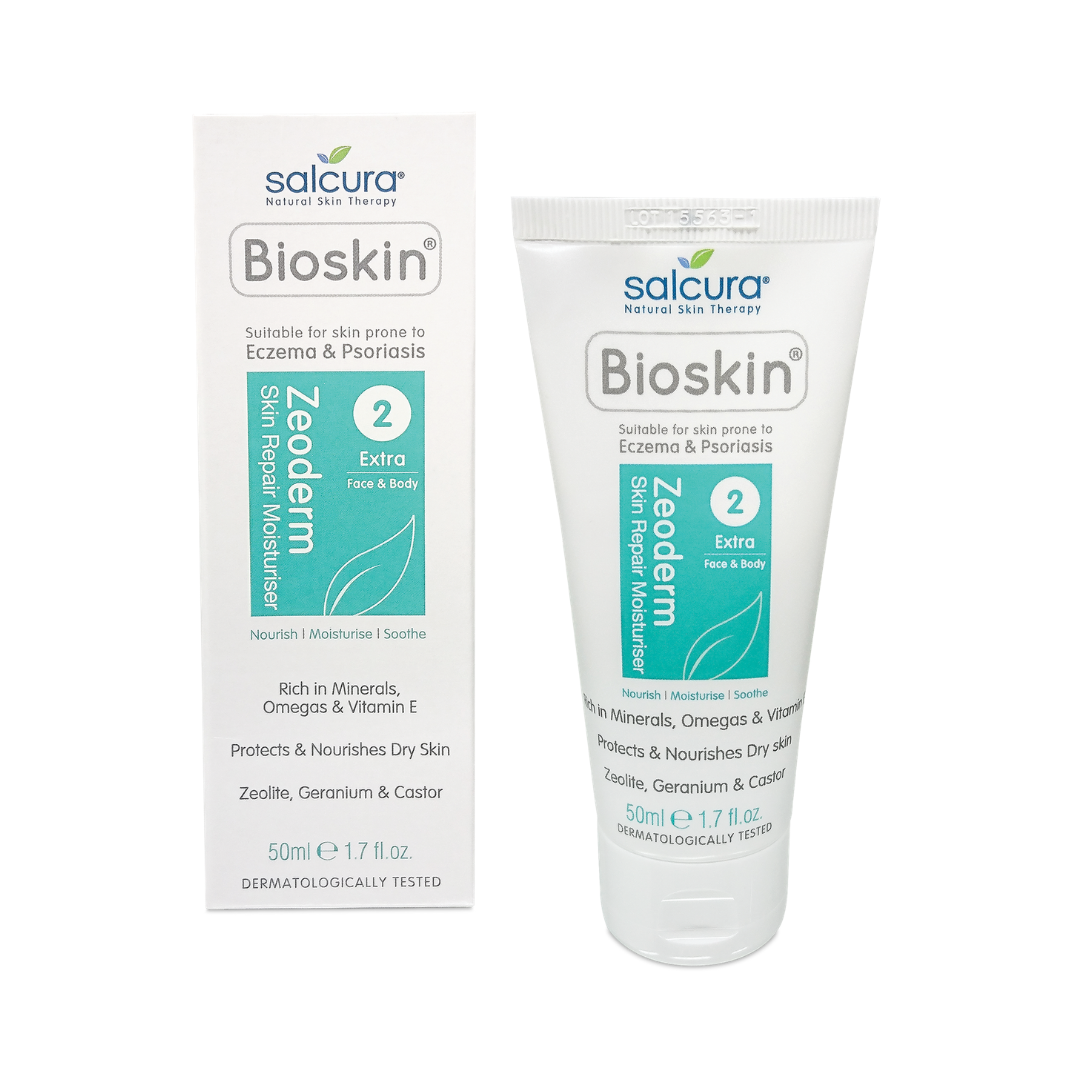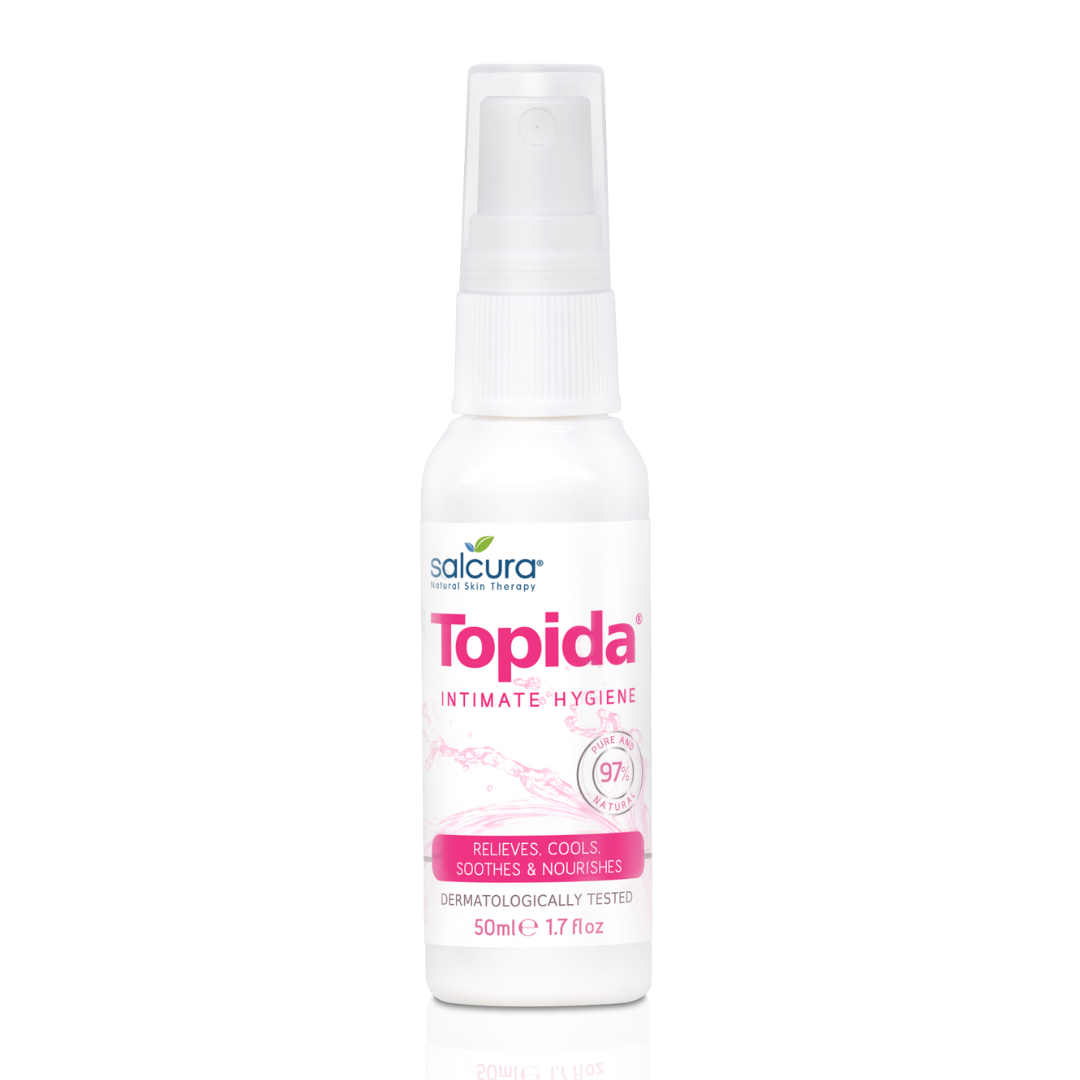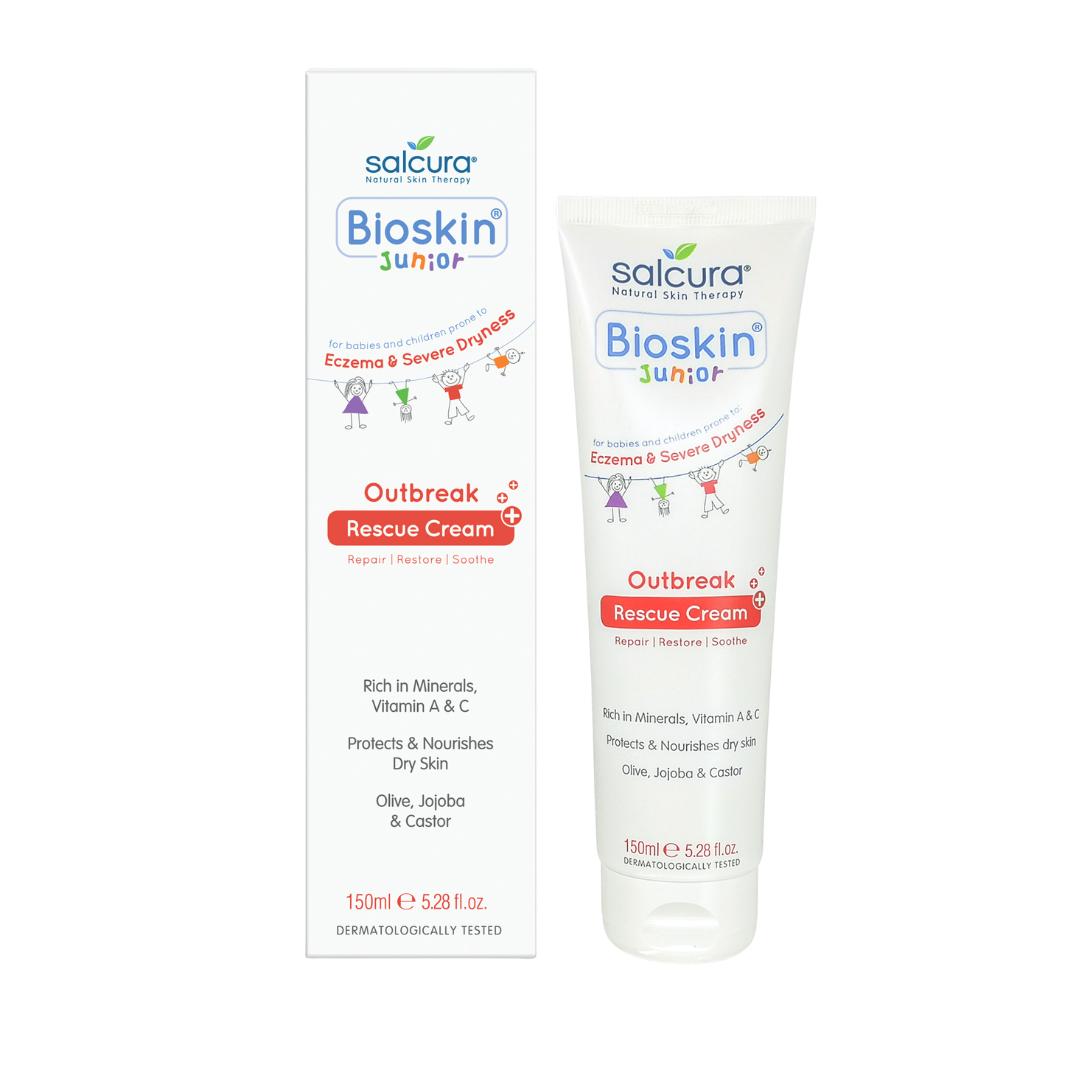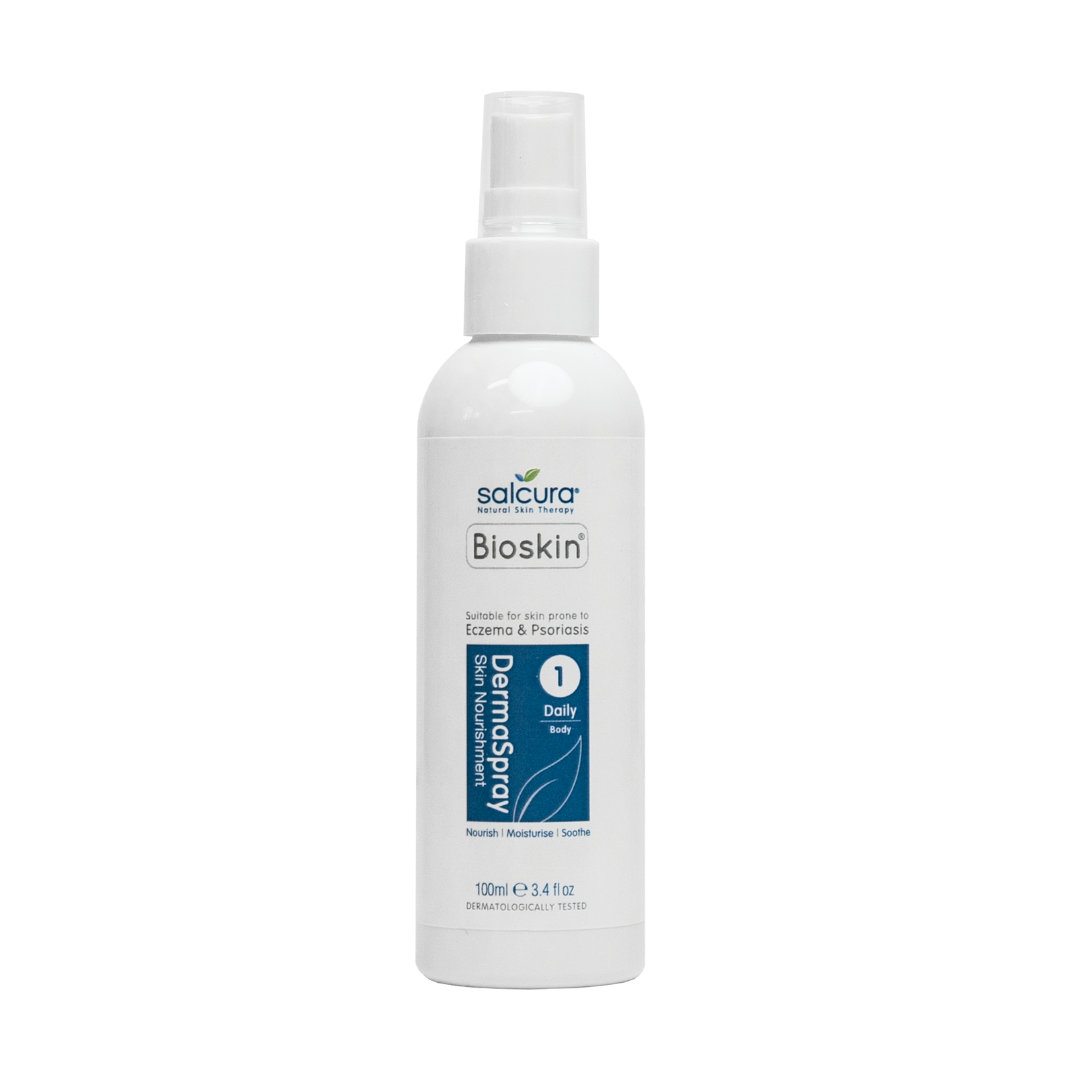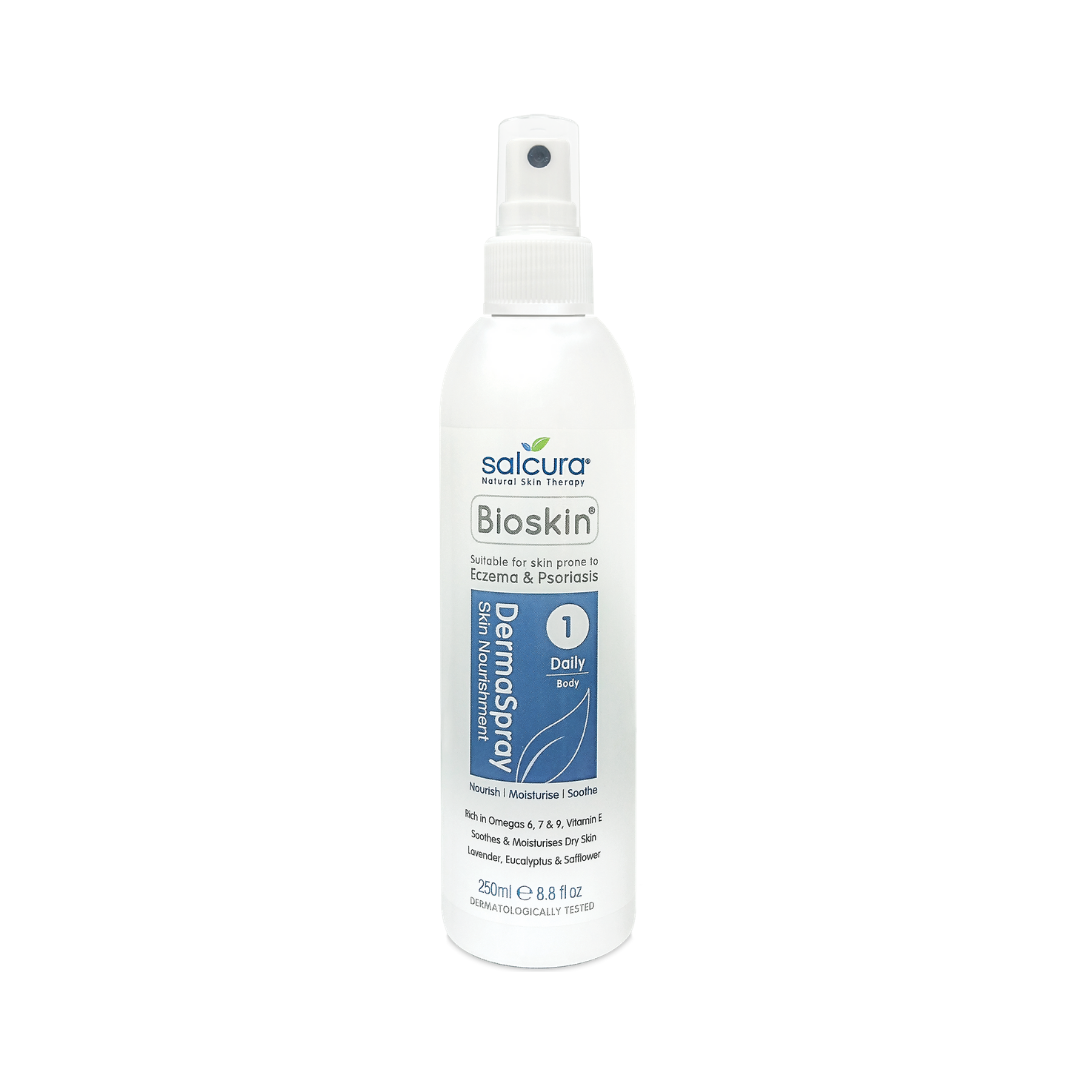Our skin is the largest organ in our bodies and it is the most visible. That means skin problems can have a profound effect on self esteem and confidence.
For women in their 40s and 50s, the hormonal flux of the peri menopause can pose particular challenges for the skin.
Skin that is lacklustre, dry, ageing, spotty or itchy and sensitive are all too common problems that I find in my nutrition practice. It is also not that unusual for teenage style acne breakouts to occur in older women.
It is with good reason that the peri menopause is often referred to as “reverse puberty.” Unfortunately, the hormone fluctuations of this so called second puberty goes on a lot longer than the teenage puberty!
So what can be done to get your healthy, glowing skin back? The answer is there is a lot you can do. As well as putting good quality, natural, plant based products on your skin, it is important to look at what you put in your body. Here are 6 of my top recommendations for improving the quality your skin in peri menopause:
- Skin tends to dry out as you age. To combat this, increase polyunsatured fats from the omega 6 and 3 families. In your diet this means eating more oily fish, nuts, seeds (such as sunflower, pumpkin and sesame) and cold pressed oils in dark bottles, such as flax, rapeseed, hemp and walnut oils. Once heated, the benefits of these oils are destroyed so use them in salad dressings or mixed into yoghurt based smoothies. If you can’t eat enough essential fats (it can be difficult to get enough in your diet to make a difference), consider a supplement which contains fish oil and evening primrose oil. A caveat here, if you are on any medication, particularly relating to the heart, be sure to check with your practitioner before taking this supplement.
- It is often said that water is nature’s best moisturiser and after omega 3 and 6 fats, I would agree. Your skin is over 60% water. Find a way that works best for you to glug down that 1-1.5 litres of daily water. For example, one of my clients put a bottle of water in the bathroom so that every time she goes to the loo, it reminds her to replace the lost water with a swig or two from the bottle! If you are a hot drink lover, each time you are waiting for the kettle to boil, fill your cup with water and drink this first. Some people find that adding natural flavours to the water such fresh lemon, ginger or mint works. Boiled water is fine if you don’t feel like cold water. Alternatively, a favourite drinking bottle that you enjoy using and filling up each day can be a help.
- Make sure you are getting plenty of antioxidants in your diet to help combat the ageing process. There is also research to show that low levels of antioxidants such as vitamins A, C and E are associated with increased severity of skin problems. You need antioxidants to keep the harmful free radicals, produced during normal daily body processes and by factors such as sun exposure, stress and pollution, at bay.
The chemical process by which these destructive free radicals are produced is oxidation. A good example of oxidation is metal rusting or a freshly cut apple turning brown. Squeezing antioxidant rich lemon juice onto cut apple will prevent oxidation and maintain the colour of the fruit.
Pollution, sun exposure, stress, smoking, excessive exercise, radiation and burnt food accelerate the production of free radicals.
Too many free radicals and not enough antioxidants to get rid of them, spells trouble when it comes to skin and ageing.
The best way to get antioxidants is to eat as wide a range of different coloured fruit and veg. Think of a rainbow and think outside the box, trying as many different types as possible. That way, you will get all the different, amazing plant chemicals with antioxidant properties to fight those nasty skin enemies, free radicals.
A great way to get concentrated levels of the plant chemicals in vegetables, as well as eating them whole to obtain the fibre, is to juice them. This will give you extra hydration too and many people report improved skin quite quickly when they start juicing. Avoid juicing fruit though because that will hike your sugar levels.
- If you have spotty or itchy skin, reducing inflammation is your goal. Inflammation has many underlying causes and is made worse by too much sugar (more on that below), alcohol and processed food.
- Keep your gut healthy. Research over recent years has put a healthy gut with a balanced bacterial ecosystem, front and foremost when it comes to our overall health, and this includes our skin. Fermented foods such as kefir, kombucha, kimchi and sauerkraut create probiotics.
Probiotics are beneficial bacteria which support the immune system and crowd out the undesirable bacteria. Some research has specifically linked this anti bacterial effect with improvement in skin conditions.
When buying fermented foods, look for “raw”, “live” or “active cultures” on the label. Supermarket products are often pasteurised to increase shelf life, which involves high temperature heating and this will destroy the good bacteria. A good guide is to look for a product in the chiller, not on the shelf.
- Cut down on sugar. I am sure you have heard that one before and for sweet lovers, it can be hard. Gradually reducing sugar is the most painless way to go about it because you will find that you crave it less. Sugar feeds the unhealthy gut bacteria and increases insulin release.
Imbalanced insulin can worsen skin problems such as acne. Moreover, if insulin levels are imbalanced, the balance of the female hormones, oestrogen and progesterone is also affected. Include high fibre foods in your diet such as vegetables, milled flaxseeds, chia seeds and wholegrains such as oats and brown rice. These foods, together with regular protein containing meals, help keep your blood sugar levels and therefore, female hormone levels more balanced and help manage skin problems.
Find out more here: https://nutritionistlondon.co.uk/


